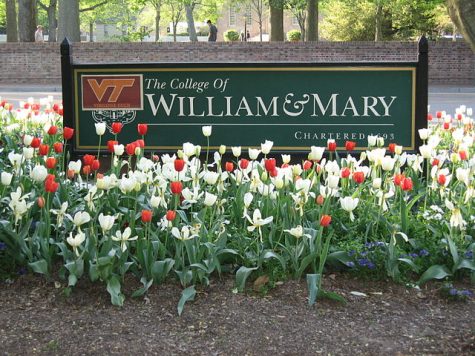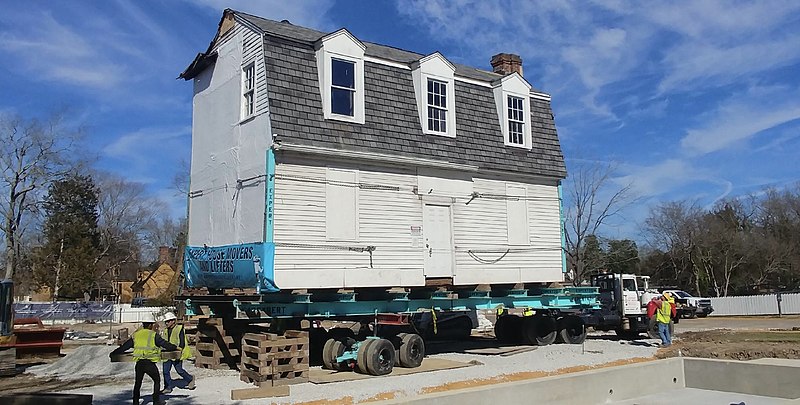African American Historic Schoolhouse Moved to Williamsburg!
Ever wondered what the oldest schoolhouse for African American children looked like?
Pbritti, CC BY-SA 4.0
Being hoisted up on the truck, this house is excited to be moved to its new plot at Colonial Williamsburg
Many historic fans have anticipated the newest development in Colonial Williamsburg: finding the oldest known schoolhouse for African American children, which dates back to the 18th century. It was hoisted on a flatbed truck and moved a half-mile from its current location to a spot in Colonial Williamsburg, whee it will serve as a museum dedicated to African American history.
As reported by ABC News, the school was thought to predate the Revolutionary War by 25 years. The Bray school was originally at the William and Mary campus. This schoolhouse was able to hold up to thirty students at a time. Students that were enslave also studied with the students who weren’t. Given that it was established by an English Charity at the time, it was a faith-based institution, meaning that the enslaved were taught that slavery was “God’s will,” and that they must accept their enslavement.

Jamestown is less than ten miles from Williamsburg. It was established in 1607, and supplied with slaves nearly twelve years later. After 150 years, African Americans comprised over half the population of 2,000 in Williamsburg. The school is known as the Bray school because the foundation that established the school was named after Reverend Thomas Bray. The school’s curriculum ranged from Spellers to the Book of Common Prayer.
Issaac Bee, a bray student, ran away from slavery as an adult. His owner published a cash bounty for Bee’s return, and those who sought the money were warned that Bee could read. Later on, Ann Wager, a widowed white teacher who lived above the school on the second floor, taught an estimated three to four hundred students who ranged from the ages three to ten, according to surviving records.

The school was only used until 1774, closing due to the Revolutionary War. The schoolhouse was then used as a private home for many years, its original use eventually forgotten. Now newly rediscovered, the house is being incorporated into the Colonial Williamsburg living museum experience.




